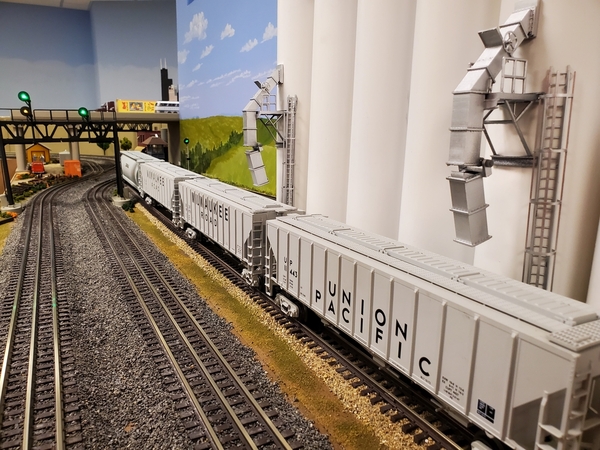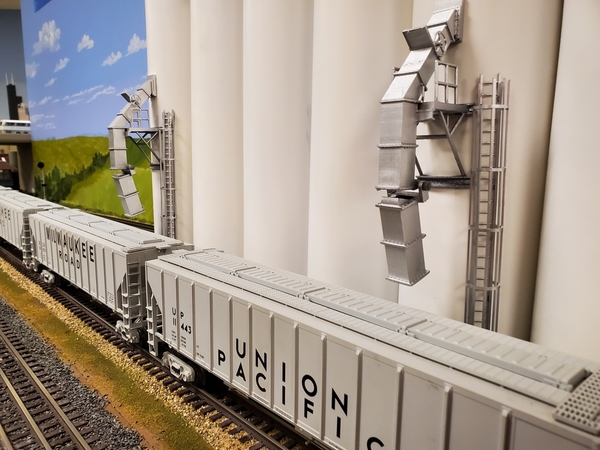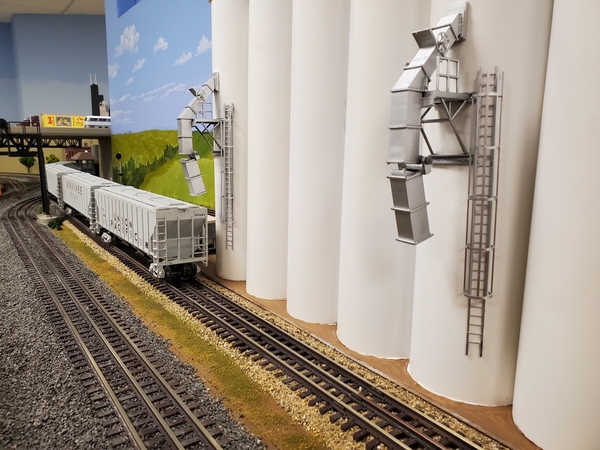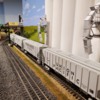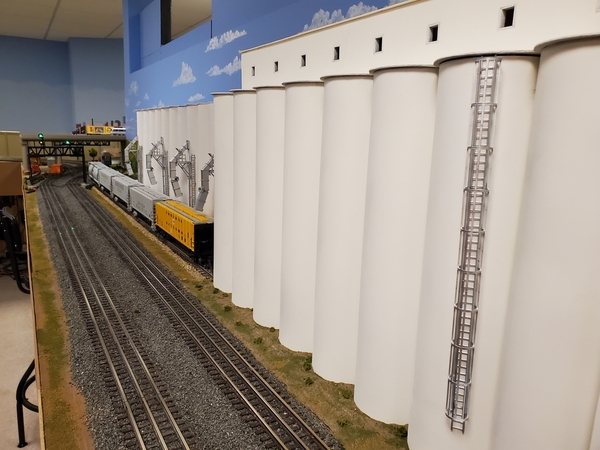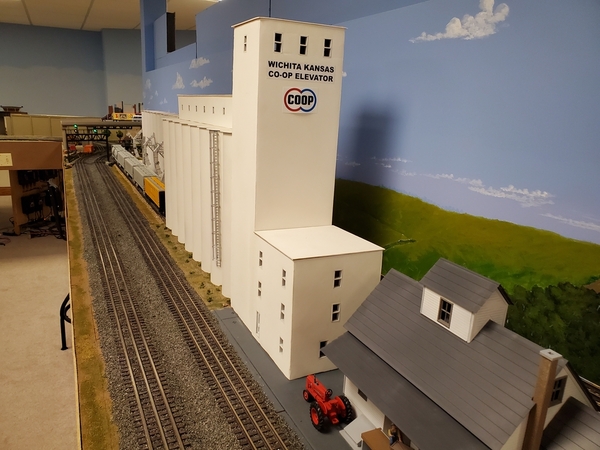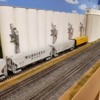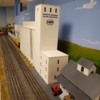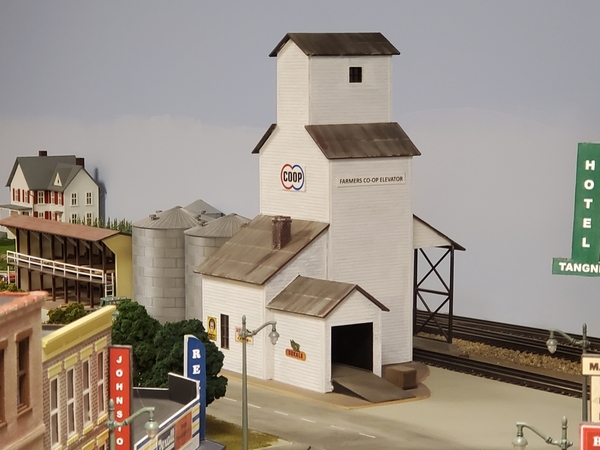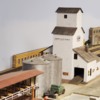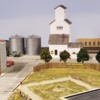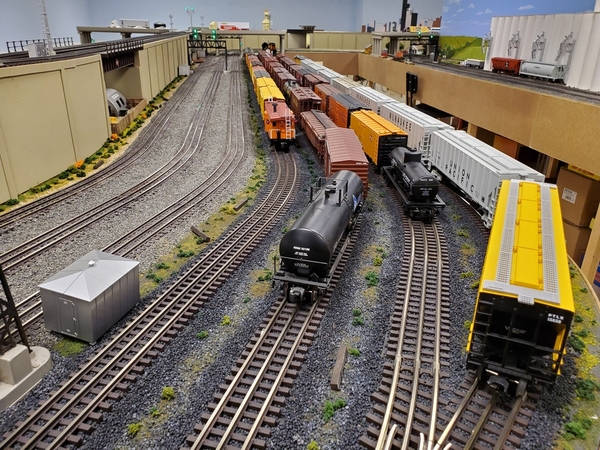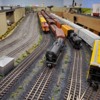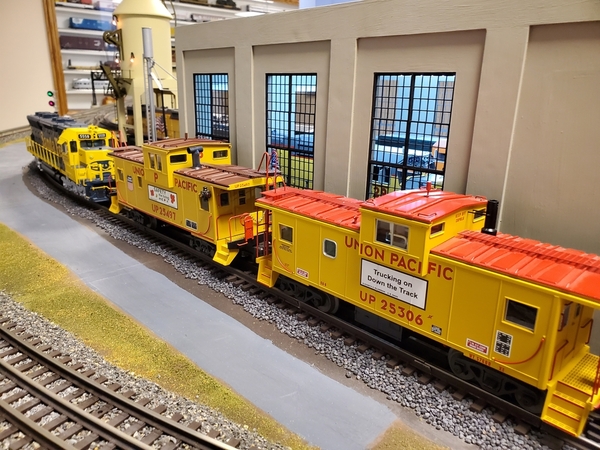Dave, I really like your description of your layout. I'm assuming that you have a single-track mainline? Is it point to point or can you continuously run? Also do you run trains bi-directionally?
I have had the pleasure of participating in two different 2-rail O scale layouts that were over the top fun and at times complicated. Each time when I came home, I said that's the most fun I have ever had in model railroading! And I wanted to improve my own operations. Each of these layouts were single track mainlines with one being point to point with 5 levels. It was designed for operations by a real railroader. You make up trains in yards by car cards with assigned engines and cabooses. You run to many towns and switch cars at each location . Trains pass you in either direction that is controlled by a dispatcher in a separate room that can't see the layout. You get to the end of the line division point yard, drop your train and pickup a new one that has been put together for you. You loose track of time and feel like you are running a real railroad.
The other layout was smaller but operated very similar with car cards and a fast clock. Teams stayed in the larger towns and switched cars and made up cuts of cars to be picked up by the local when it came through. The local freight switched at small towns and worked it's way to the larger towns. A local freight would go the opposite way and have to be allowed to pass at designated meeting places. At noon all the freights had to be off the mainline to allow the scheduled passenger train to have the mainline.
I want to add mile post markings on all my signal cabinets, crossings, some RR buildings and etc. I have researched the real mileages from downtown Chicago's Union Station to add to my version of real towns. But they are not in the proper order and probably would be confusing to operators. They would however add a lot of prototypical "eye candy" to the layout. Do you have these or would they work on your layout? It would fit right in with your theme. I am trying to use timetables (without using the times) for my passenger train time tables too.
I also like to change which type of train has priority depending on what era or type of equipment I am running. In the 60's running passenger trains have priority, with the exception of my "meat train" which has top priority due to full perishable meat reefers when going Eastbound, but not with empties going Westbound. In more modern era running my BNSF Z stack train has highest priority. Have to get those UPS cars there on time.
Thanks for a fun discussion, I like your approach.
Art






